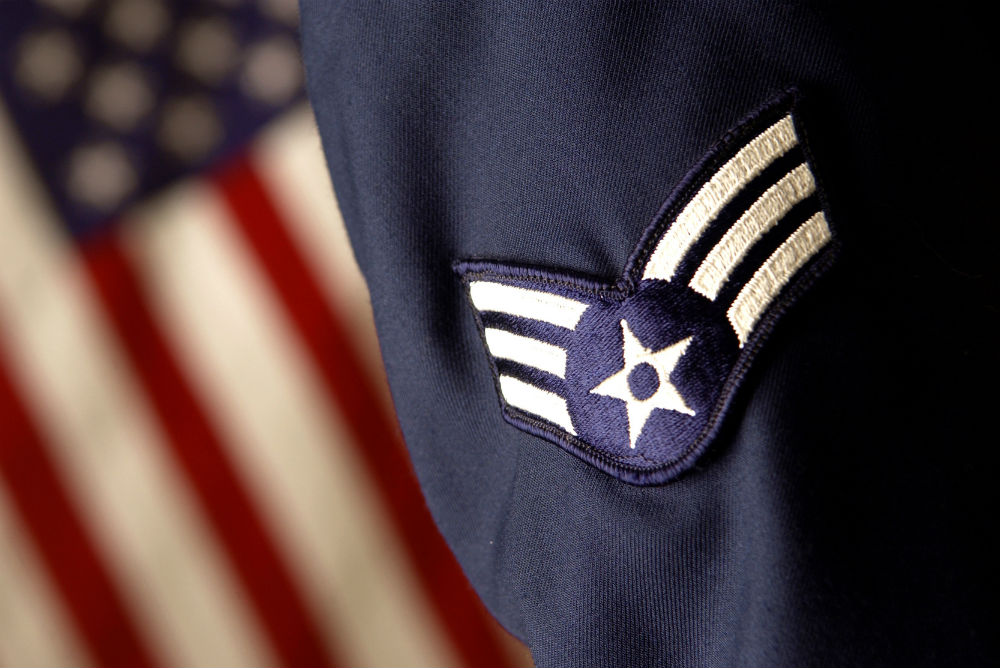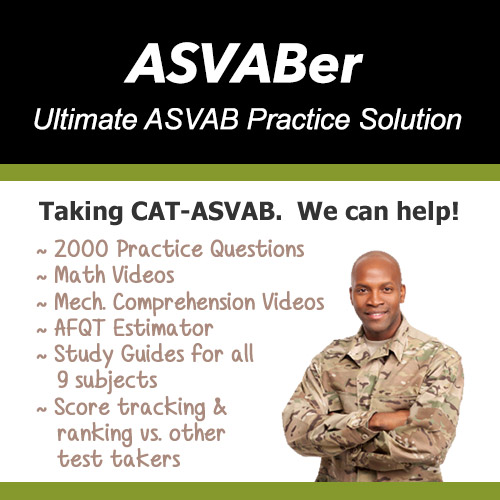If you want to follow a career in any department of the United States military, then you must take either of the two aptitude tests. If you wish to be enlisted in the army, you must take and pass the ASVAB test, while the AFOQT is taken by those who want to be an officer in the air force.
Many people confuse these two test, this article is aimed at giving you complete insight into their differences.
ARMED SERVICE VOCATIONAL APTITUDE BATTERY (ASVAB)
The ASVAB is one of the two systems used by the armed forces for classification and selection of enlisted officers to various occupational specialties. This system absorbs selected non-graduates and high school graduates into technical training and subsequently assigns them various occupational duties, like aircraft maintenance, administration, electronics and mechanics.
The ASVAB test has been the primary way of classifying, selecting and enlisting military personnel since 1976. The test has also been use as a counseling tool for high schools since the year 1968. This test consists of 10 subtests, which examine knowledge areas and different types of skill which are relevant to military jobs.
The following are the subtests as selected by occupational analyst (United States Department of Defense, 1984): word knowledge (WK), arithmetic reason (AR), general science (GS), paragraph comprehension (PC), auto and shop information (AS), numerical operations (NO), coding speed (CS), mathematical knowledge (MK), electronic information (EI), and mechanical comprehension (MC).
The following information provides a brief describes of the 9 subtests. It’s good to note that both the numerical operations and coding speed are timed tests.
- General science, 35 questions – Understanding of the meaning of selected words.
- Mathematical knowledge, 25 questions – Knowledge of biological, physical and chemical properties.
- Numerical operation, 25 questions – Application and understanding of basic math principles.
- Coding speed, 50 questions – Identification and matching of numbers set with words.
- Paragraph comprehension, 84 questions – Understanding of brief passages
- Auto and shop information, 25 questions – Familiarity with tools, maintenance structure, repair of automobiles and shop practices.
- Mechanical comprehension, 25 questions – Application and understanding of mechanical principles.
- Electronic information, 20 questions – Application of simple electronic and electric knowledge
- Arithmetic reasoning, 30 questions – Knowledge of the reasoning to perform simple arithmetic process.
AIR FORCE OFFICER QUALIFICATION TEST
This is one of the selection criteria for AFROTC and OTS commissioning programs (Beret, Cowan, & Wagner 1989, 1990). This test measures the general intellectual ability and the aptitudes requisite to succeed as a navigator or pilot.
The AFOQT is composed of five composites which are aggregated into 16 subtests. These composites include quantitative, verbal, academic aptitude (combining verbal and quantitative), navigator-technical, and pilot. For selection purposes the first 3 composites are used while the others are for classifying examinees into flying specialties.
Out of the 16 subtests of the AFOQT test, the first 6 include the quantitative, verbal and academic aptitude. The remaining 10 subsets are for pilot and navigator classification. The table below shows a brief description of the 16 subtests.
- Arithmetic reasoning, 25 questions – Tests ability to understand usage of arithmetic relationships in word problems.
- Verbal analogies, 25 questions – Measures the ability to recognize relationships between words.
- Reading comprehension, 25 questions – Measures ability to interpret information from short passages.
- Word knowledge, 25 questions – Measures ability to understand synonyms used in written language.
- Data interpretation, 25 questions – Ability to interpret data from charts and graphs.
- Math knowledge, 25 questions – Measures ability to apply learned math formulas, terms and relationships.
- Electrical maze, 20 questions – Measures ability to apply learned math formulas, terms and relationships.
- Mechanical comprehension, 20 questions – Measures the understanding of mechanical functions.
- Instruments comprehension, 20 questions – Ability to know aircraft attitude as indicated by flight instruments.
- Scale reading, 40 questions – Measures knowledge of scales and dials.
- General science, 20 questions – Measures the knowledge of scientific concepts, principles, and terms.
- Rotated block, 15 questions – Tests spatial aptitude by manipulating and visualizing objects in space.
- Block counting, 20 questions – Tests the ability to interpret a 3-D pile of blocks.
- Table reading, 40 questions – Tests ability to interpret tables accurately and quickly.
- Hidden figures, 15 questions – Measures visual and perpetual imagery by use of simple figures, fixed in complex drawings.
- Aviation information, 16 questions – Measures understanding of general aeronautical terminology and concepts.
CONCLUSION
The ASVAB and AFOQT uses some similar tests for personnel classification and selection. However no research has been done to look into the relationship between these two tests.




